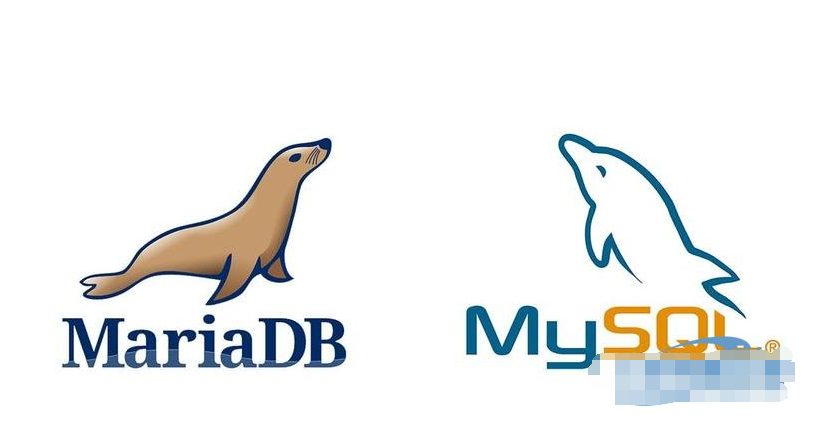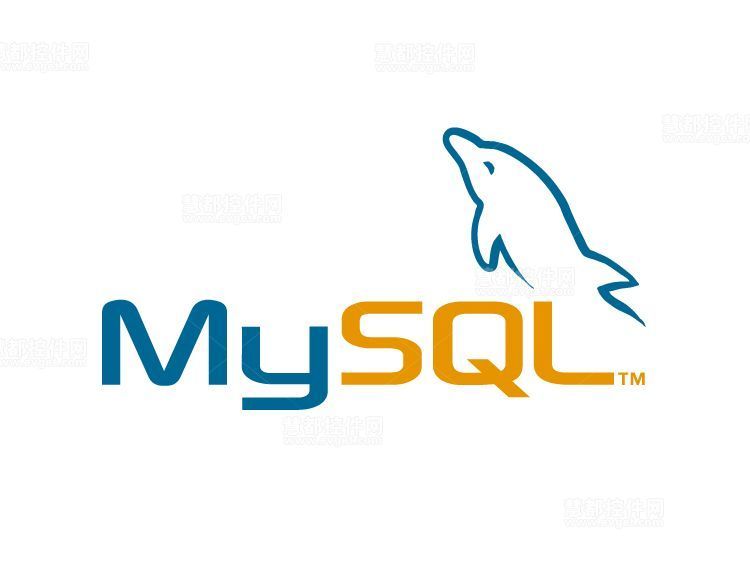Home >Database >Mysql Tutorial >Detailed introduction to view introduction
Detailed introduction to view introduction
- 巴扎黑Original
- 2017-06-10 17:23:291373browse
View introduction requires MySQL 5 MySQL 5 adds support for views. Therefore, the contents of this chapter apply to MySQL 5 and later versions. Views are virtual tables. Unlike tables that contain data, views only contain queries that dynamically retrieve the data when used. The best way to understand the view is to look at an example: Input: select cust_name , cust_contact from customers, orders, orderitems where customers.cust_id = orders.cust_id and orderutems.order_num = order.orders.order_num and prod_id = 'TNT2'; this query Used to retrieve customers who have ordered a specific product. Anyone needing this
1. Detailed introduction to the rules and restrictions

##Introduction: Introduction to views requires MySQL 5. MySQL 5 adds support for views. Therefore, the contents of this chapter apply to MySQL 5 and later versions. Views are virtual tables. Unlike tables that contain data, views only contain queries that dynamically retrieve the data when used. The best way to understand a view is to look at an example: Input: select cust_name ,cust_contact from customers,orders,orderitems ...
2. About usage Detailed introduction to views

Introduction: Introduction to views requires MySQL 5. MySQL 5 adds support for views. Therefore, the contents of this chapter apply to MySQL 5 and later versions. Views are virtual tables. Unlike tables that contain data, views only contain queries that dynamically retrieve the data when used. The best way to understand a view is to look at an example: Input: select cust_name ,cust_contact from customers,orders,orderitems ...
3. mysql view Introduction and why to use views and their rules and limitations

4.
Laravel 5 Basics (2) - Introduction to Routing, Controllers and Views
Introduction:: This article mainly introduces the basics of Laravel 5 (2) - Introduction to routing, controllers and views. Students who are interested in PHP tutorials can refer to it.5.
Laravel 5 framework learning route, controller and view introduction, laravel framework_PHP tutorial
Introduction: An introduction to Laravel 5 framework learning routes, controllers and views, laravel framework. An introduction to routes, controllers and views in learning the Laravel 5 framework. For the laravel framework, view app/Http/routes.php. Copy the code as follows: Route::get('/', 'WelcomeController@index'); @ is a6.
Laravel 5 framework learning route, controller and view introduction, laravel framework
Introduction: Laravel 5 framework learning An introduction to routes, controllers and views, the laravel framework. An introduction to routes, controllers and views in learning the Laravel 5 framework. For the laravel framework, view app/Http/routes.php. Copy the code as follows: Route::get('/', 'WelcomeController@index'); @ is a7.
Database sql creation view and view introduction
Introduction: The English name of the view diagram is view, which is a virtual existence The table is basically transparent to users who use the view, and the mysql view does not exist in the database. The relevant data comes from the table used in the query and is dynamically generated.8. Laravel 5 framework learning route, controller and view introduction_php example Introduction: This article mainly introduces Laravel The introduction to the route, controller and view of 5 framework learning is very detailed and comprehensive. Friends who need it can refer to 9. Laravel 5 framework learning route, controller and view View Introduction Introduction: This article mainly introduces the learning path of Laravel 5 framework, controller and view introduction. It is very detailed and comprehensive. Friends who need it can refer to it 10. MySQL view learning and organization_MySQL ##Introduction: Part 1: Elementary concepts and applications 1, introduction to views MySQL views and Oracle views have the same concept, which is a virtual table. If there is no data, the data is still stored in the base table; 2. Add view 1: Syntax CREATE [OR REPLACE] [ALGO 【Related Q&A recommendations】:
The above is the detailed content of Detailed introduction to view introduction. For more information, please follow other related articles on the PHP Chinese website!

